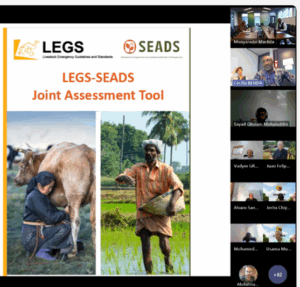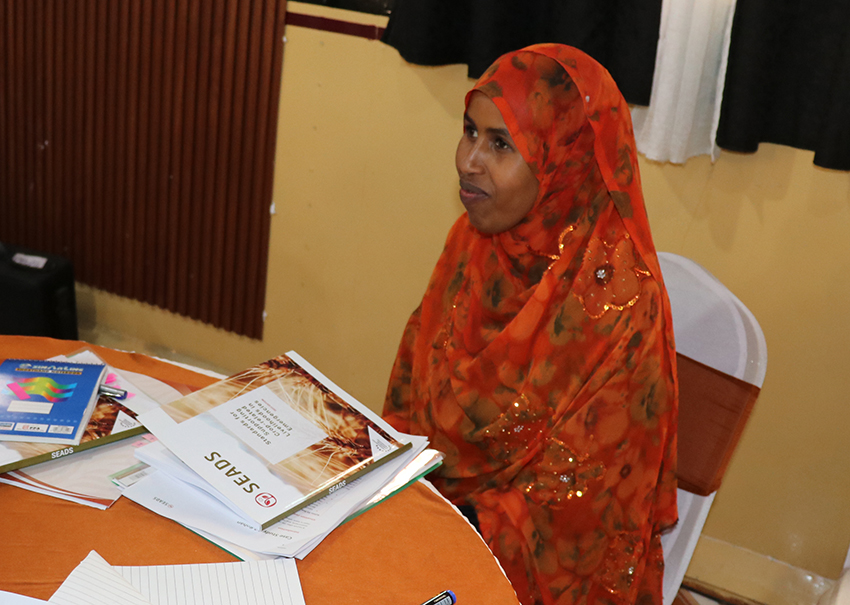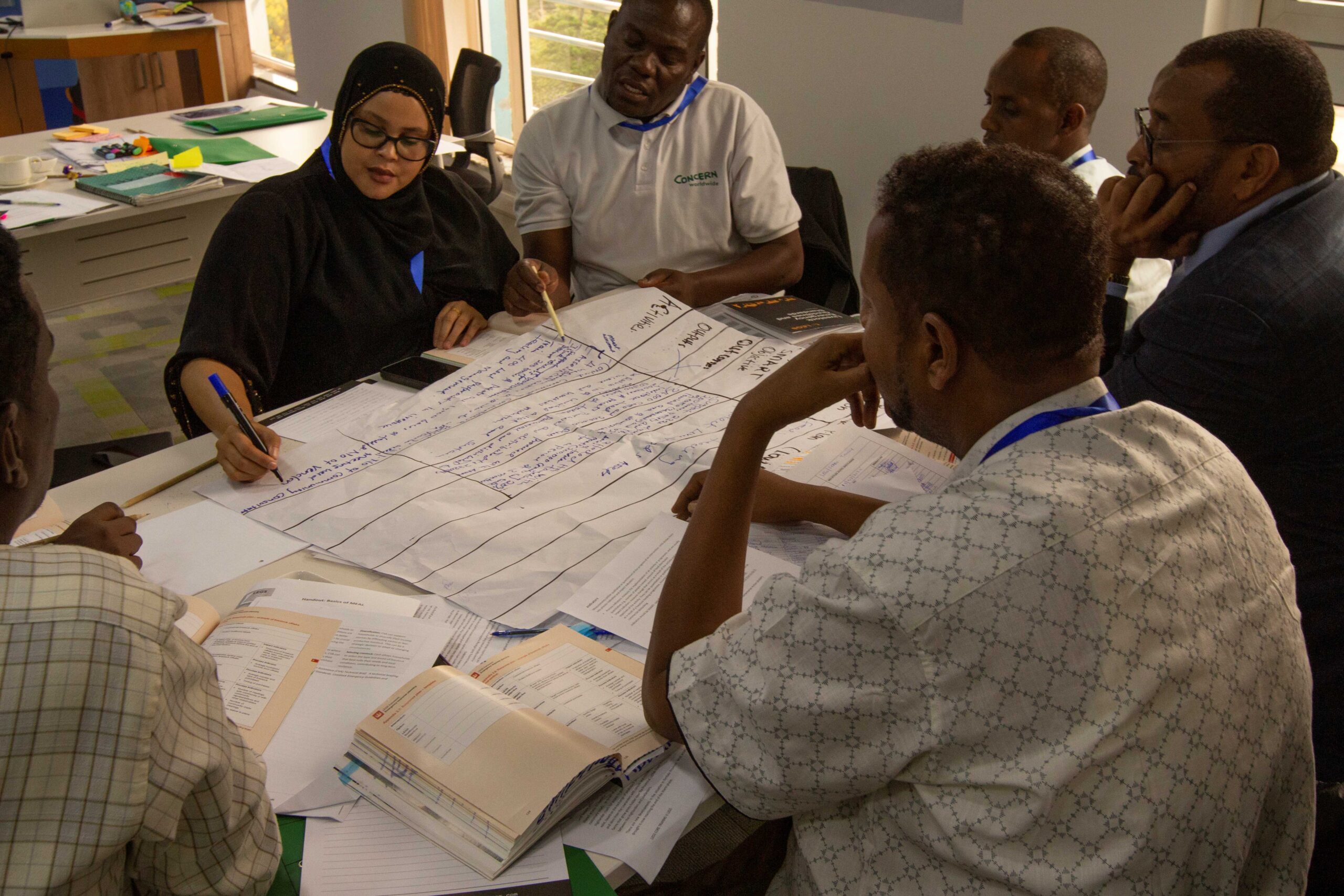 In September 2025, the International Committee of the Red Cross (ICRC) organized a dedicated session on the Joint Assessment Tool (JAT) during its annual Economic Security Agro-Livestock Workshop (conducted online). Some 100 ICRC agriculture and livestock staff and technical specialists – representing operations across Africa, the Middle East and Asia – joined the session to explore how JAT could enhance contextual and needs assessments, particularly in settings where both crop and livestock interventions are essential components of humanitarian response.
In September 2025, the International Committee of the Red Cross (ICRC) organized a dedicated session on the Joint Assessment Tool (JAT) during its annual Economic Security Agro-Livestock Workshop (conducted online). Some 100 ICRC agriculture and livestock staff and technical specialists – representing operations across Africa, the Middle East and Asia – joined the session to explore how JAT could enhance contextual and needs assessments, particularly in settings where both crop and livestock interventions are essential components of humanitarian response.
The JAT, a co-publication of LEGS and SEADS, was created to streamline assessment processes across crop and livestock sectors. Because many communities derive their livelihoods from both crop production and livestock, the JAT was designed to foster an integrated, holistic approach to needs assessments. By merging SEADS and LEGS guidance into one tool, JAT aims to:
- Reduce time, effort and costs associated with conducting separate assessments for crops and livestock
- Minimize the assessment burden on affected communities and frontline staff
- Reveal synergies and trade-offs between crop and livestock interventions, supporting more coherent and efficient programming
- Allow humanitarian practitioners to capture a fuller picture of livelihood systems in crisis settings
During the ICRC session, participants responded positively to the JAT, and expressed interest in applying it in their operational settings. A live poll revealed that 72% of respondents currently use both general vulnerability assessment tools and more specialized tools for agriculture or livestock.
The discussion turned to whether ICRC’s existing assessment tools sufficiently capture the specific needs and constraints of both crop and livestock systems, especially under varied environmental, cultural, or socioeconomic contexts, and if JAT could fill some of the identified gaps. Participants also emphasized the importance of contextual adaptation when applying the JAT across diverse settings.
At the close of the session, a call to action was issued, inviting participants to test the JAT in their regions, explore its question sets and inquiry areas in depth, and provide feedback to refine its practical use.
Throughout this process, ICRC has played an active role in supporting both SEADS and LEGS communities of practice – sharing field experience, technical insight, and operational perspectives. This engagement reflects ICRC’s ongoing commitment to evidence-based, livelihood-centred humanitarian programming that seeks to strengthen resilience in fragile and crisis-affected communities.


